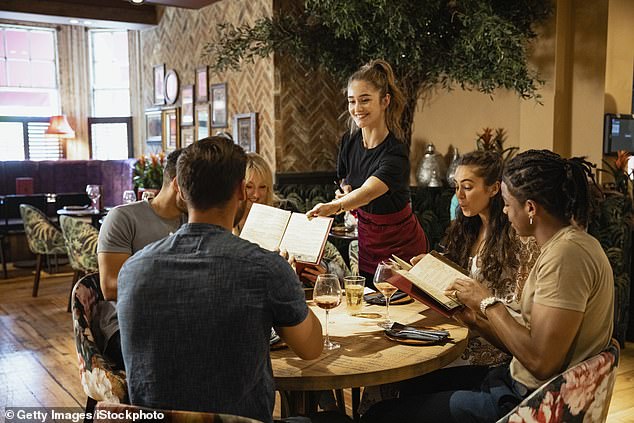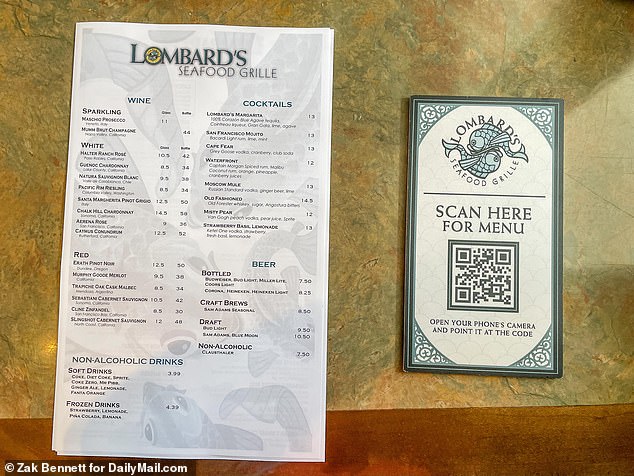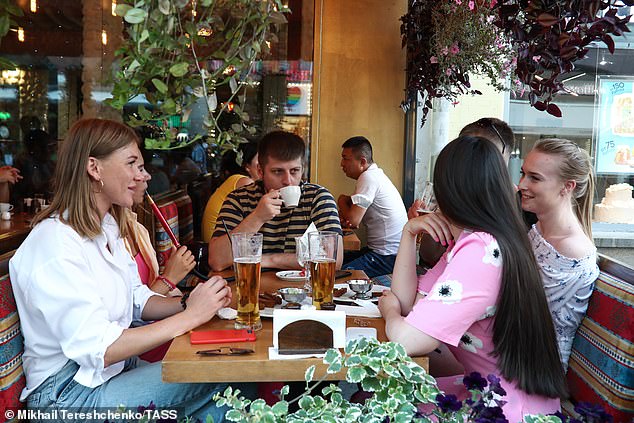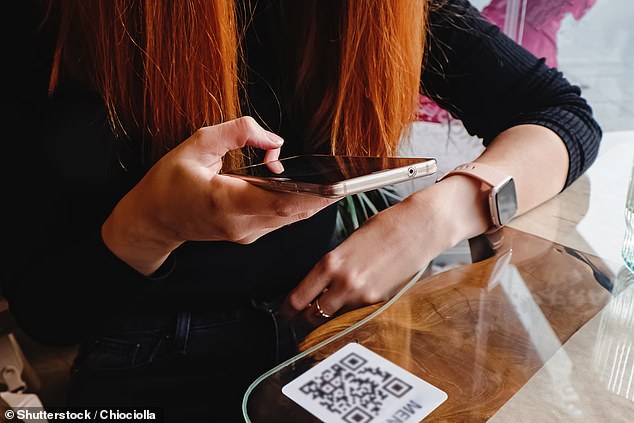Good news for the majority of Americans who despise them: Restaurants are increasingly ditching QR codes to access menus on smartphones.
Enough customers have complained about scanning the black and white squares to choose food options that restaurants are switching back to paper menus.
The world, very briefly, fell in love with QR codes during the pandemic, when paper or plastic menus were considered a risk of spreading Covid.
Hospitality bosses loved the idea because it reduced costs and, in more technologically advanced restaurants, allowed them to take orders without a waiter taking down the details.
Diners briefly liked the novelty, but soon grew tired of squinting at hard-to-read options on smartphone screens.

Physical menus are making a comeback
Others were concerned about privacy: Were tech companies running QR code technology spying on their phones?
Some, particularly older people, had trouble using the camera to scramble the code and then had more trouble navigating a digital menu.
Then there was the opinion that they were in bad taste, especially in the more exclusive restaurants.
As a result, customers began to rebel. They complained directly to restaurants and took to social media.
Some voted with their wallets. For example, Oz du Soleil left a Las Vegas restaurant because of the QR code menu.
He told the Wall Street Journal that it felt too much like work navigating the QR menu on his phone, plus he was worried about privacy.
“It’s like self-checkout or building your own stuff from IKEA,” said the 59-year-old software trainer.
As a result of the complaints, sit-down restaurants are switching back to paper menus.
Some use both, where QR codes play a supporting role and offer additional information about the menu or payment options.
“In the restaurant industry, the QR code menu is considered a bit tacky,” says Teddie King, Zuma’s chief operating officer.
The Japanese restaurant chain with four locations in the United States stopped using menus with QR codes two years ago.
Rich Fox, operating owner of Yes Parade Restaurant Group in Seattle, told the WSJ that phone-only menus make it easy to change prices or menu items.
However, he admits that the codes irritate clients and servers.
Check values dropped ten percent because diners didn’t scroll through the entire menu. It’s much easier to look up and down a paper menu or turn them over.

Some restaurants have a physical menu and access is via a QR code.

Menus with QR codes also annoy servers. Customers order less to receive lower tips
That lower check amount impacted tips for staff.
In New York, John Fraser Restaurants has completely moved away from digital menus in its upscale restaurants, but still uses them in less formal restaurants.
And Nami Nori Japanese restaurants in New Jersey and New York are relaunching printed menus.
QR, which stands for “quick response,” are machine-readable codes of black and white squares that store URLs, payment options and other online services accessed through a smartphone camera.
The US Federal Trade Commission (FTC) has warned Americans about QR code scams infiltrating restaurants, airports, sporting events and retail stores.
However, thieves are designing fake codes that redirect users to fraudulent websites, allowing them to collect data, take control of smartphones or steal money.

